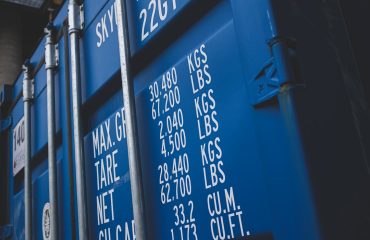Equal angle bars, also known as angle irons or simply angles, are versatile structural components used extensively in various industries. Their simple yet robust design, coupled with readily available sizes and materials, makes them a cornerstone of construction, fabrication, and manufacturing. This comprehensive guide delves into the world of equal angle bars, exploring their properties, applications, advantages, manufacturing processes, and selection criteria.
Understanding the Properties of Equal Angle Bars
Equal angle bars are characterized by their L-shape, with two legs of equal length meeting at a right angle. This symmetrical design provides excellent strength and rigidity, particularly when subjected to bending or torsional stresses. The properties of an equal angle bar are largely determined by the material it’s made from, typically mild steel, but also including stainless steel, aluminum, and other alloys. Key properties include:
- Tensile Strength: The ability to withstand pulling forces before failure.
- Yield Strength: The stress at which the material begins to deform permanently.
- Compressive Strength: The ability to withstand crushing forces.
- Shear Strength: The ability to withstand forces that cause slippage along a plane.
- Young’s Modulus: A measure of the material’s stiffness or resistance to deformation.
- Weight: Crucial for structural calculations and transportation costs. Weight varies significantly based on the dimensions and material.
Understanding these properties is critical for selecting the appropriate angle bar for a specific application.
Diverse Applications of Equal Angle Bars in Construction and Fabrication
The versatility of equal angle bars is reflected in their widespread use across numerous sectors. In construction, they serve as:
- Structural Supports: Forming frameworks for buildings, bridges, and other structures.
- Reinforcement Members: Strengthening existing structures or adding support to weaker points.
- Framing Components: Used in the construction of walls, floors, and roofs.
- Bracing Elements: Providing stability and preventing lateral movement.
- Connection Elements: Joining different structural members together.
Beyond construction, equal angle bars find applications in:
- Manufacturing: Used in the fabrication of machinery, equipment, and other industrial components.
- Automotive Industry: Part of vehicle chassis and other structural elements.
- Furniture Making: Providing support and structure for various furniture pieces.
- Railways: Used in track construction and maintenance.
- Agricultural Equipment: Forming parts of machinery and tools.
Advantages of Using Equal Angle Bars in Engineering Projects
The popularity of equal angle bars stems from several key advantages:
- High Strength-to-Weight Ratio: They provide excellent strength and rigidity while remaining relatively lightweight.
- Ease of Fabrication: They can be easily cut, welded, drilled, and bolted, making them suitable for various fabrication techniques.
- Cost-Effectiveness: Generally, they are a relatively inexpensive structural material compared to other options.
- Wide Availability: They are readily available in a range of sizes and materials from various suppliers.
- Versatility: Their simple design allows for diverse applications in different projects.
- Durability: When made from high-quality steel, they offer excellent resistance to corrosion and wear.
Manufacturing Processes for Equal Angle Bars
Equal angle bars are typically manufactured through hot-rolling processes. This involves heating steel billets to a high temperature, then passing them through a series of rollers to shape them into the desired L-shape. The process is highly automated and efficient, resulting in consistent quality and dimensional accuracy. After hot-rolling, the bars may undergo further processing, such as:
- Cooling: Controlled cooling helps to achieve the desired mechanical properties.
- Surface Treatment: Processes like galvanizing or painting can enhance corrosion resistance.
- Cutting and Finishing: The bars are cut to the required length and may undergo surface finishing for improved aesthetics or functionality.
Precision is crucial throughout the manufacturing process to ensure the final product meets the required specifications.
Selecting the Right Equal Angle Bar for Your Needs: A Comprehensive Guide
Selecting the appropriate equal angle bar involves considering several factors:
- Material: Mild steel is the most common, but stainless steel, aluminum, or other alloys might be necessary depending on the application’s requirements for corrosion resistance or other properties.
- Dimensions: The leg length and thickness are crucial for determining the bar’s strength and stiffness. Calculations based on load-bearing capacity are essential.
- Surface Finish: The required surface finish depends on the application’s aesthetic and functional needs. Options include bare steel, galvanized, or painted finishes.
- Standards and Specifications: Ensure the selected angle bar complies with relevant industry standards and specifications to guarantee quality and safety.
- Budget: While cost-effective, the total cost will depend on material, dimensions, and quantity.
Consulting with a structural engineer is recommended for critical applications to ensure the selection of the correct angle bar for optimal performance and safety.
Equal angle bars are indispensable components in a vast array of applications. Their strength, versatility, and cost-effectiveness make them a valuable asset in construction, fabrication, and many other industries. By understanding their properties, applications, and selection criteria, you can effectively utilize these powerful structural elements in your projects.




